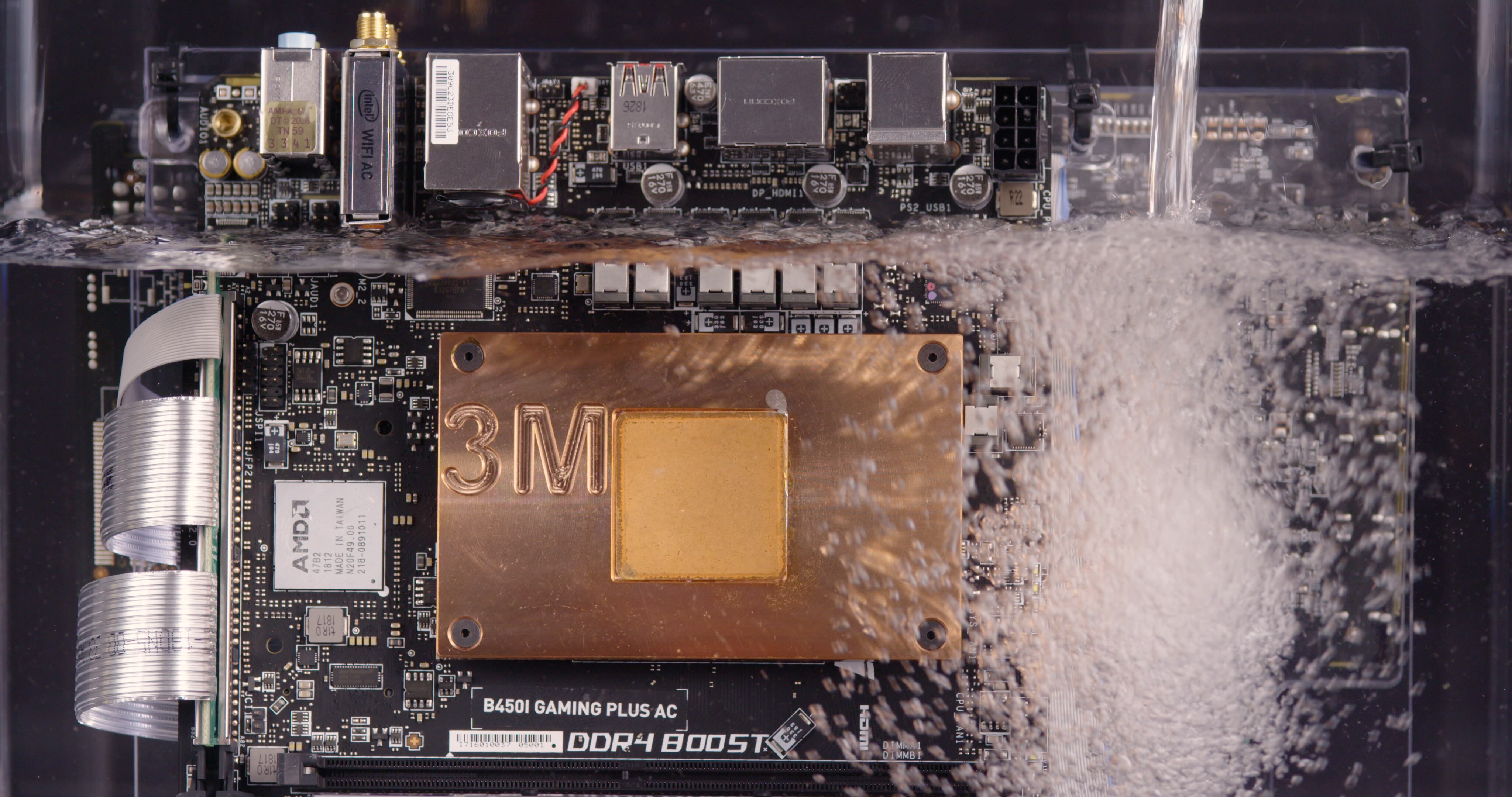
The COVID-19 pandemic abruptly shifted people’s social and professional lives online. Between working from home, turning to telemedicine for doctor’s appointments and using online streaming services to stay entertained, in-home data consumption has surged. The first weeks of March 2020 saw an 18% increase in in-home data usage compared to the same period in 2019, with data usage of smartphones rising by 34%.
With this significant increase in use of data, it’s no surprise that data centers are working hard to keep up. One of the biggest challenges of operating data centers is the massive amount of energy they consume in order to function. In fact, energy use is the biggest environmental impact of data centers.
The cooling of the electronics, specifically, is the largest part of data center energy costs. The processors used in data centers generate a tremendous amount of heat, and without efficient cooling, the temperatures within the devices rise and they become less efficient. At some point, they simply won’t operate without cooling.
3M innovative immersion cooling solutions provide a unique way to help you prepare for the likely uptick in your future global data usage while helping you manage costs and the impact on natural resources.
Immersion cooling is a method for cooling data center IT hardware by directly immersing the hardware in a non-conductive liquid such as 3M™ Fluorinert™ Electronic Liquids or 3M™ Novec™ Engineered Fluids.
3M fluids can be used for single-phase and two-phase immersion cooling applications, as well as single-phase and two-phase direct-to-chip applications. In single-phase immersion cooling, fluid remains in its liquid phase. The electronics are directly immersed in the fluid and heat from electronic components is transferred to the fluid. Pumps are typically used to move the heated fluid to a heat exchanger, where it is cooled and cycled back.

In two-phase immersion cooling, the fluid is boiled and condensed, which significantly increases the heat transfer efficiency. When the electronics are immersed in the fluid, the heat causes the fluid to boil, producing vapor that rises from the liquid. The vapor condenses on a heat exchanger within the tank, transferring heat to facility water that flows outside of the data center.

“Immersion cooling fluids are ideal for today’s power densities and support future designs with increased power density,” said Erik Olson, global marketing manager, 3M Electronics Materials Solutions Division. “Instead of spreading out electronics so they can cool, which would require a significant amount of space, we’re able to pack the electronics together and cool them using 3M liquids and fluids, which can help reduce the energy usage for air cooling electronics up to 95%.”
Looking forward, immersion cooling will continue to play a key role in supporting an always-on, highly integrated world.
“Immersion cooling will help enable technologies, such as machine learning, artificial intelligence, blockchain and autonomous vehicles, to deploy in high-density environments where energy and real estate costs are high,” said Nancy Chang, global marketing manager, 3M Electronics Materials Solutions Divisions. “We’re excited to see the technology make an impact in these areas and helping pave the way toward a new era of data centers.”
To learn more about immersion cooling for data centers, visit the 3M Data Center webpage.
